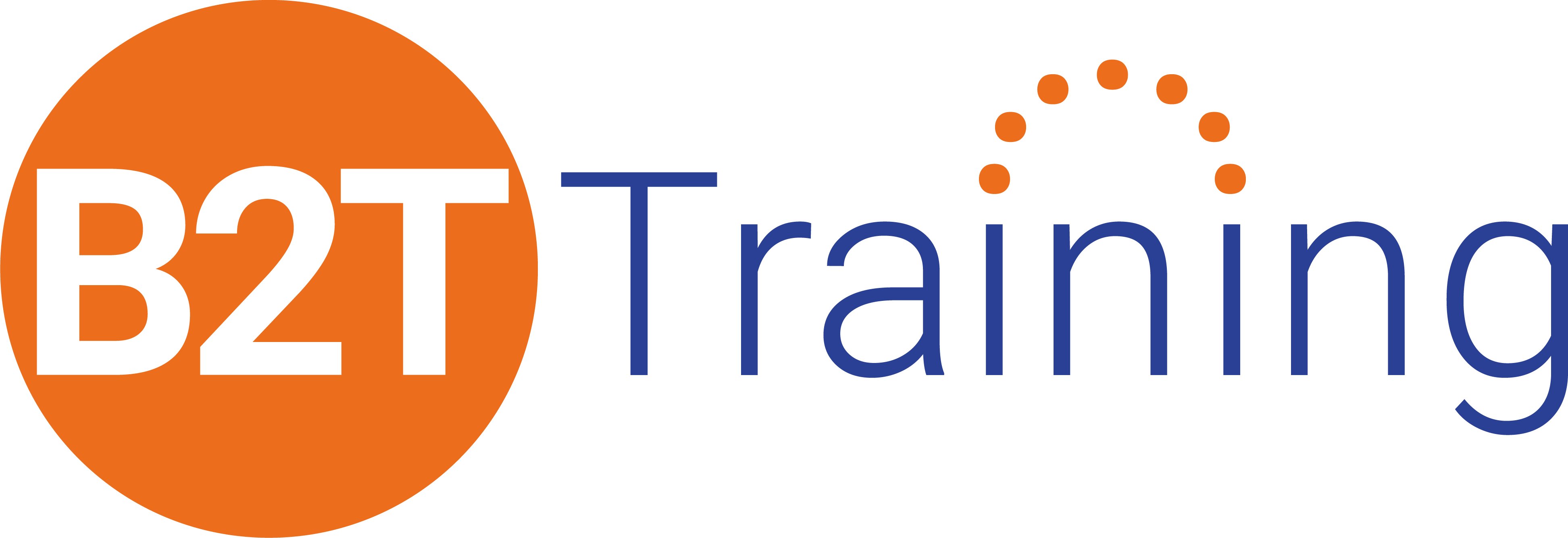Templates
Structured Approach to Tasks
Our business analysis templates offer structured assistance for a wide range of tasks including defining business and functional project requirements, decision making, validating requirements, performing a project cost/benefit analysis and more.
Templates aren’t just for documentation. They can be formal deliverables or an informal work product. Using our business analysis templates helps ensure a better and more comprehensive collection of the right requirements from your stakeholders. Think of these templates as a guide to support your analysis techniques. Completing these business analysis templates forces you to be sure you asked the right questions to fully analyze and understand the business area you are working on.
Agile Project Metrics Template
Visualize the metrics you need to capture, how you are going to calculate it, how you are going to obtain the metric, and how you will present or help your audience visualize it or tell a story with it.
Customer Journey Map Template
A customer journey map challenges you to think through the eyes of a customer as they attempt to accomplish a goal. We try to think deeper than simple tasks or activities, developing an understanding of the customer’s end-to-end experience. This understanding can be complex and requires empathizing with the customer to gain a different depth of insight.
Entity and Attribute Metadata Template
Attributes should be grouped by the entity that they describe and should be defined somewhere. We recommend using this Attribute Metadata Template, but other options include defining them in a glossary or data dictionary.
Facilitated Session Template
Want to make sure you’ve dotted all your i’s and crossed all your t’s before and after facilitating a requirements workshop? We’ve got just the templates you need to ensure you are not only prepared, but walk away from the sessions with completed objectives!
Persona Template
Personas can help us develop effective, valuable solutions for our customers. If we don’t understand who our customers are, we’re a lot more likely to deliver customer experiences that less than ideal. The next time you are starting a project, consider asking yourself, “Who are our customers – really?”
Team Collaboration Model Template
There is a special sauce for collaboration: roles are communicated, expectations and handoffs between roles are discussed, and each team member’s contribution to the desired outcome is known and valued by others BEFORE a ball gets dropped.
The template also provides suggestions on how to hold a brief workshop to develop your team’s collaboration model.
Business Case Template
A business case captures the justification for a particular project or course of action. A well-written one paints a compelling picture and assuring the audience that the business will receive value from the investment. Need help getting started? This template can help you organize your thoughts.
Decision Making Process Template
Nothing happens without decisions. As a business analysis professional, it is your job to facilitate decision making. Use these templates to plan and track your project decisions.
Estimating Analysis Time Template
Need help planning and tracking your business analysis work? Use this template to track the tasks involved in each item, the stakeholders involved and their responsibilities, the estimated time needed and any dependencies.
Happy Meeting Plan Template
Having trouble accomplishing your goals during meetings? Be more productive with a property planned agenda that ensures everyone is prepared. This Happy Meeting Plan Template is a table in a MS Word document that can conveniently be copied and pasted into your meeting invitation.
Stakeholder Analysis Template
Stakeholder analysis is so much more than making a list of names, titles, and roles. If we do not understand our stakeholders we will likely miss the mark in meeting their needs. We may also struggle to collaborate and communicate effectively with them.
Download our template to help you capture both objective and subjective characteristics of your stakeholders.
Team Competency Matrix
A team competency matrix is an excellent tool for mapping the necessary and available skills for a team. Use this template to help visualize what is needed from each member on your team.
The Five Whys Template
All too often projects address the symptoms of a problem and not the problem itself. The “Five Whys” is a root cause analysis method that explores the underlying causes of a problem. This template will structure your thinking process.
More Resources
Checklists
Streamline Your Analysis Efforts
Infographics
Visual Quick-Reference Guides
Job Aids
Key Concepts in Summary Form
Quick Tips
Best Practices From our Experts
